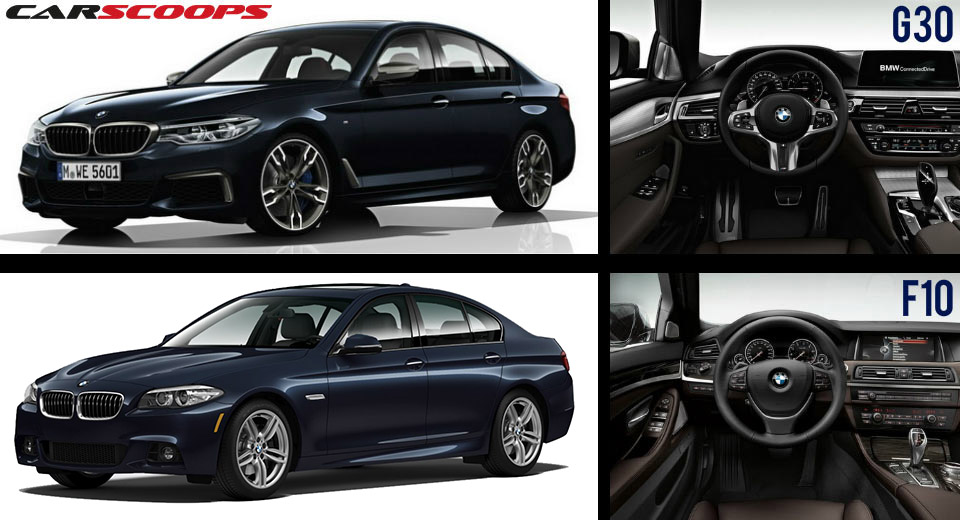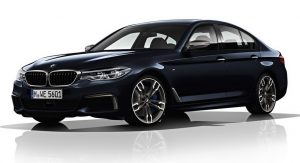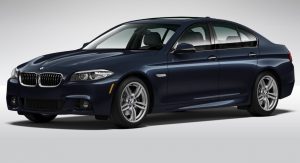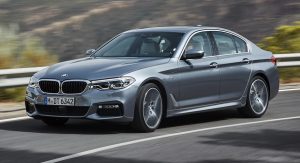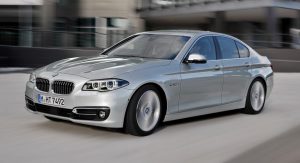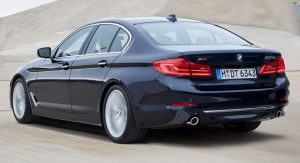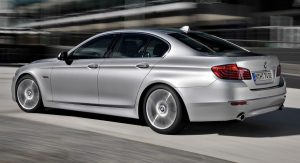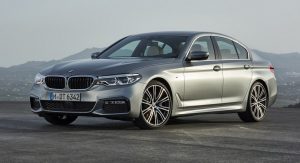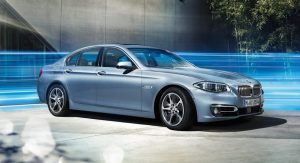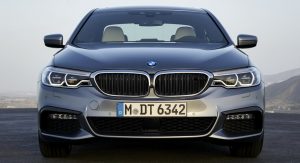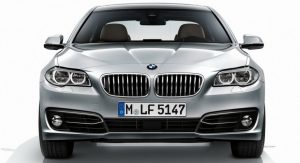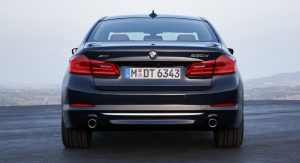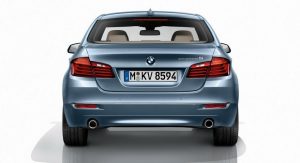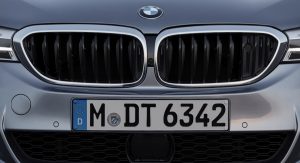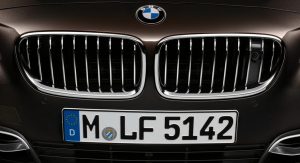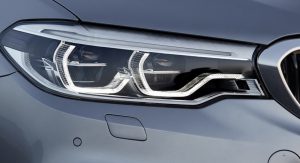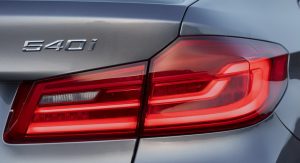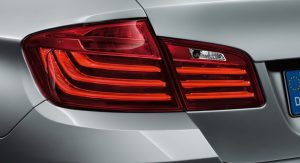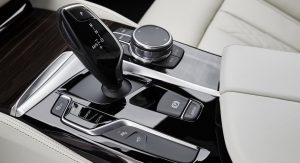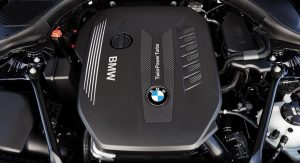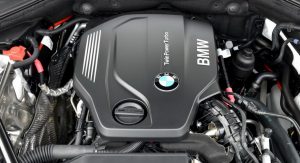Thanks to its sharper styling, more aggressive stance, lighter body and impressive on-board technology, the all-new 2017 BMW 5-Series could eclipse its predecessor in every possible way.
Let’s face it, while looks don’t matter as much as brand cachet and perception in this segment, they can easily sway a decision, and here BMW is treading on a similarly evolutionary path as their counterparts in Ingolstadt.
Before we get into the technical nitty gritty, let’s run down a couple of things that set the G30 5-Series apart from its predecessor. Styling aside, we’re looking at an only marginally larger car. The G30 is 36 mm (1.4 in) longer, 6 mm (0.2 in) wider and 2 mm (0.07 in) taller than the F10, with its wheelbase having grown by 7 mm (0.3 in).
It may not sound like much, but if you add the sharper, more modern lines, you get a sedan that seems from a first glance to have more road presence than the car its replacing. In layman’s terms, it’s got a 7-Series-inspired front end, larger taillights than the F10 and a slightly sloped rear end that brings it all together. You can obviously argue for or against the new 5er being better looking than the old one, but based on most of the comments we’ve seen, people were apparently expecting or rather scratch that, wanted more differentiation between the two models from BMW.
Something similar can be said about the interior, but while the design is familiar, the G30 comes with all the latest BMW gadgets and gizmos such as the automaker’s new iDrive system (which functions similarly to the one in the 7-Series), wireless charging, Wi-Fi hotspot for up to 10 devices, better resolution for the Head-Up display, a larger 10.25″ touchscreen angled towards the driver and plenty more features that probably take a backseat to the all-new 5-Series’ autonomous functions.
Yes, unlike the F10, the G30 can follow and overtake other cars, communicate with other BMW models and even understand a wider range of expressions instead of just the usual set of commands. As for parking itself or even find empty spots for you via its new ParkNow feature.
We won’t know how the new 5edr rides on the road until the first set of reviews come in or we get our hands on one, but according to BMW, it should feel lighter and more nimble on its feet thanks to its weight being cut by as much as 100 kg (220 lbs). Perhaps one of the coolest statistics we’ve gotten so far concerns the new M550i xDrive model which is actually quicker to 100 km/h (62 mph) than the current M5 F10, despite being down on power – though, keep in mind here that the all-wheel drive system does constitute a bit of a cheat when comparing the two cars.
At this point, we figure you’re probably curious about some of the entry-level versions as well, which you should be, because most 5-Series buyers are going to purchase the likes of the 520d, 530d and 530i, with or without xDrive.
In order to satisfy your curiosity, here’s how the entry-level diesel versions of the new G30 and old F10 compare on paper, while powered by the exact same engine in manual & RWD configurations:
2017 BMW 520d G30: 2.0L, 190 PS, 400 Nm (295 lb-ft), 0-100 in 7.7s, 238 km/h, 4.2l/100 km (67.27 UK mpg) avg, 109g CO2
2016 BMW 520d F10: 2.0L, 190 PS, 400 Nm (295 lb-ft), 0-100 in 7.9s, 236 km/h, 4.3l/100 km (67.25 UK mpg) avg, 114g CO2
If you live in the US, here’s a quick comparison of the entry-level petrol versions, with automatic transmissions:
2017 BMW 530i G30: 2.0L, 252 PS, 350 Nm (258 lb-ft), 0-100 in 6.2s, 250 km/h, 5.5l/100 km (42.7 US mpg) avg, 126g CO2
2016 BMW 528i F10: 2.0L, 245 PS, 350 Nm (258 lb-ft), 0-100 in 6.2s, 250 km/h, 6.1l/100 km (38.5 US mpg) avg, 142g CO2
As you can see, there isn’t a massive performance gain to be had when looking at the 520d – and unfortunately it does apply to most of the range. Then again, the F10 was never a slow or thirsty car for that matter so if you’ve just bought a basic diesel or petrol one, you probably have little reason to covet the G30, at least from a performance standpoint.
However, in terms of looks, comfort and technology, well, that’s a different story – one that we’re looking forward to reading once your comments start rolling in.



